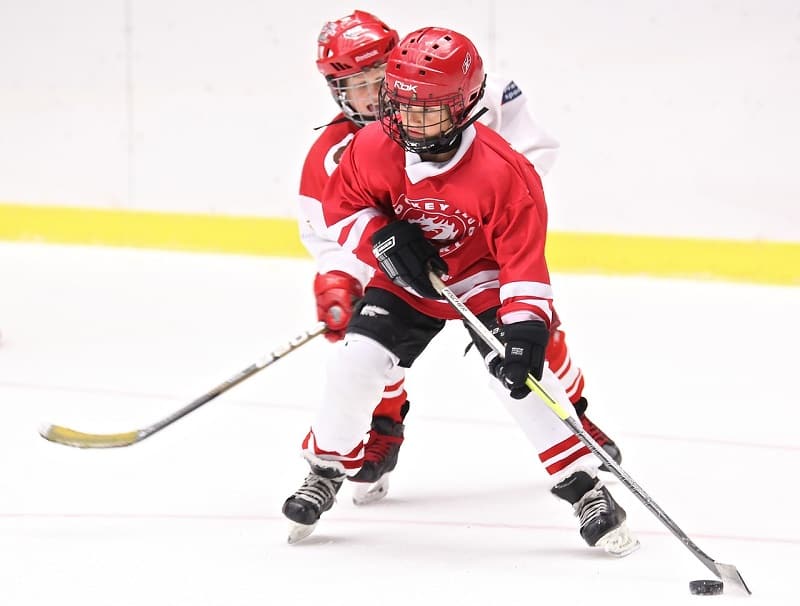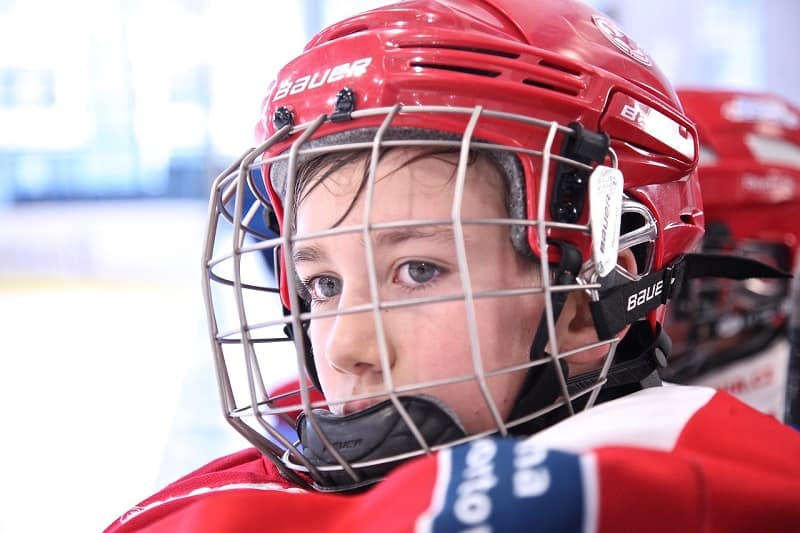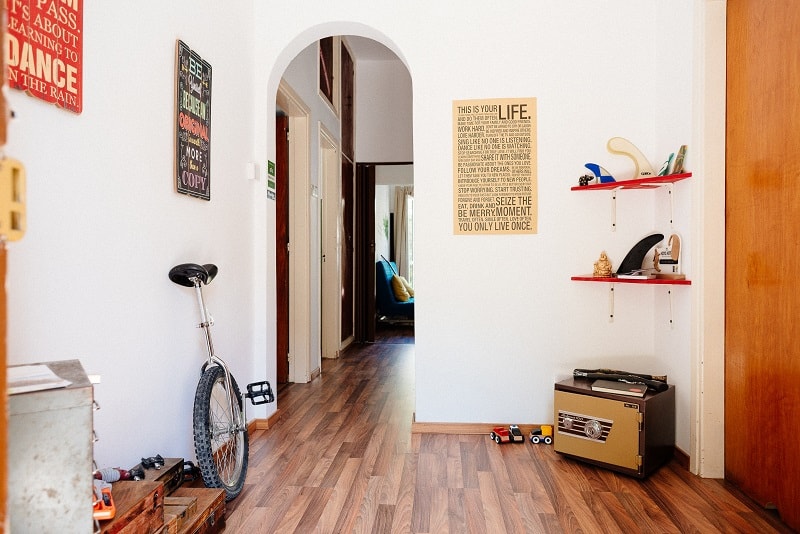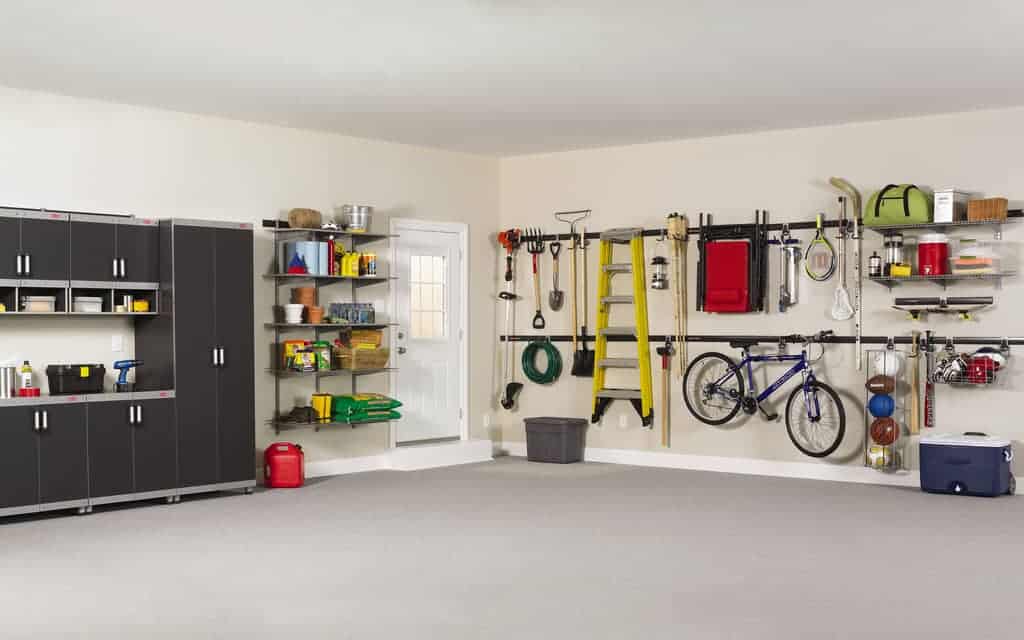If you’re a parent of a hockey player that is passionate about the game, you’ve probably resigned yourself to the fact that you’re going to lose at least one piece of décor and maybe a window or two. No matter who’s practicing hockey in your home, there’s good news: you don’t have to sacrifice your house so somebody can perfect a slap shot or stick handling techniques.
Let’s Get Started!
Players need to practice hockey on and off the ice and, for most people, that means plenty of time in the basement or garage. Sure, there are power-skating schools and other specialized programs, but kids need a more well-rounded practice that includes:
- Shooting drills
- Stickhandling
- Skating, conditioning, strength and agility training
During the off-season, your child can have what is called an “exposure drought.” Due to limited ice time during the summer, it can be hard (or expensive) to get some on-ice training if they want to keep practicing and playing during the summer. Additionally, that means if your child’s goal is to get promoted to a higher level team and they go a couple of weeks – or worse, months – without any training and only starts practicing when tryouts are just around the corner, your child will be at a significant disadvantage to other kids who have been at it throughout the off-season.
That means home is the place to practice… and here’s how you keep your house and everything in it safe.

Protecting Your Home Against Shooting Drills
What to protect: Windows, walls, garage doors, and floors
Tip 1: You can’t allow your child to use real hockey pucks indoors during shooting drills. A standard puck weighs only 6 ounces, but it’s an inch thick and 3 inches in diameter – just the right size to leave a hole in your drywall or a window, or to dent your garage door. Instead, opt for soft hockey pucks made from sponge or felt, which still allow your child to work on his or her shots without leaving a path of destruction all over the house.
Tip 2: Protecting your floors with removable floor tiles. Your child needs a smooth surface (carpet is not at all comparable to ice), which means it’s a good idea to invest in removable flooring tiles. Your local skate shop may carry them, but if not, the pros on staff can tell you the best type to order. If removable flooring tiles aren’t in the cards for you, a shooting pad should suffice; it’ll protect your floors from scuffs and scratches from the business end of a hockey stick.
Protecting Your Home Against Stick Handling
What to protect: Walls and floors
Tip 1: Invest in a stickhandling ball. The fastest and best way to practice puck control is through using a stick handling ball, which can help speed up your wrists and your reflexes. It’s usually easy to find stick handling balls made from wood, rubber or other materials that are the right weight and respond in the ways that pucks do. However, you still need to protect your walls from overzealous shots – and in that case, it’s a good idea to invest in a heavy-duty shooting tarp. Portable tarps are best because you can keep them indoors and bring them outside for practice.
Tip 2: Invest in a hockey net. You can invest in a hockey net, too, but bear in mind that if your child is using it indoors, you may also need a tarp behind it, unless he or she is using the net against an unfinished concrete wall in the basement. Some hockey nets come with backstops that affix to them, which can also help protect your walls. The only concern is particularly hard shots with actual pucks; those can punch holes in lower-quality nets.
Tip 3: Consider a shooting pad. Kids who are practicing more than just shots will need more than just a shooting pad; this is where removable flooring tiles come in handy. An unfinished basement or garage floor can substitute, but you can’t skimp on protecting walls.

Protecting Your Home Against Skating, Conditioning, Strength and Agility Training
What to protect: Floors
Tip 1: Use padding and non-slip flooring. While your child can’t skate at home, he or she can practice spirals and yoga to work on the muscles necessary on the ice. Cardio, too. Padding is what’s most important for this, though, because the main concern isn’t really the house – it’s your child’s joints from high-impact exercises. You’ll also want a non-slip surface for these types of exercise, even if it feels a little counterintuitive to hockey practice. The same types of rubber, vinyl or PVC you’d find in a gym are ideal for this type of indoor, off-season hockey practice.

Other Ways to Protect Your Home From Indoor Hockey Practice
Whether your child is practicing alone or with friends, it’s a good idea to set ground rules to help protect your belongings and your home. Many parents find it helpful to lay down these laws:
Tip 1: Avoid contact between players. While it’s more realistic if players get close while vying for the puck, it’s not safe for a couple of reasons: one, your child and his or her friends most likely aren’t wearing pads, and two, a skirmish can escalate quickly and result in somebody crashing through drywall or a window.
Tip 2: Make sure mobile breakable items are removed from the practice area. It may take a little time to clear out a few things from the garage or move items around in the basement, but it’s worth it.
Tip 3: Floor tiles or shooting pads are mandatory. Ensure your child and his or her buddies know that if you have the equipment available to protect your home, they’re responsible for using it properly.
Tip 4: Don’t forget…no actual pucks in the house. Stickhandling balls or pucks made from felt or foam should be okay, as long as you’ve given the kids the go-ahead and they’re using tarps.

This article was overseen and approved by Tyler Haugen a Marketing Assistant at Redfin and former member of the University of Washington hockey team.

 United States
United States Canada
Canada